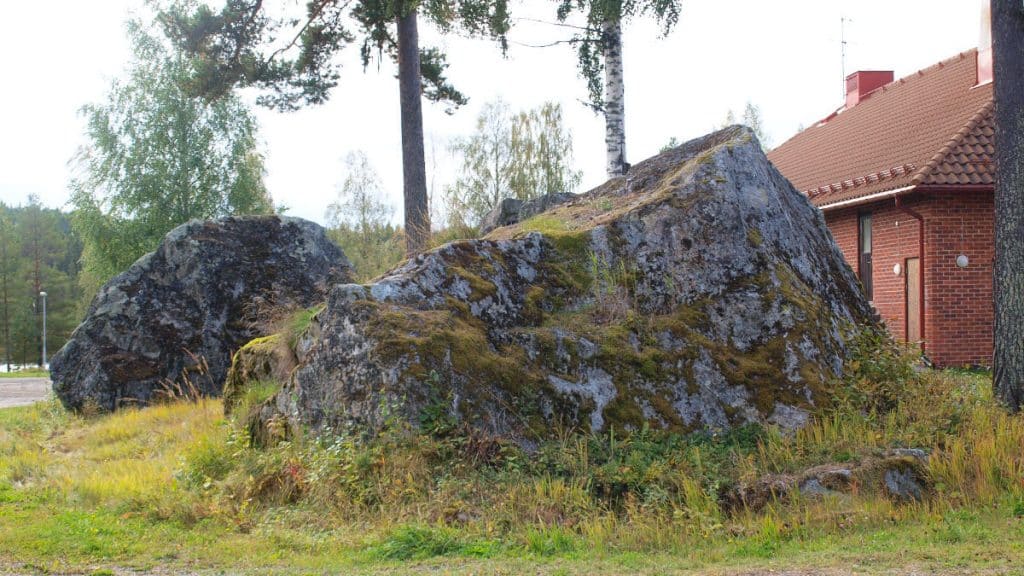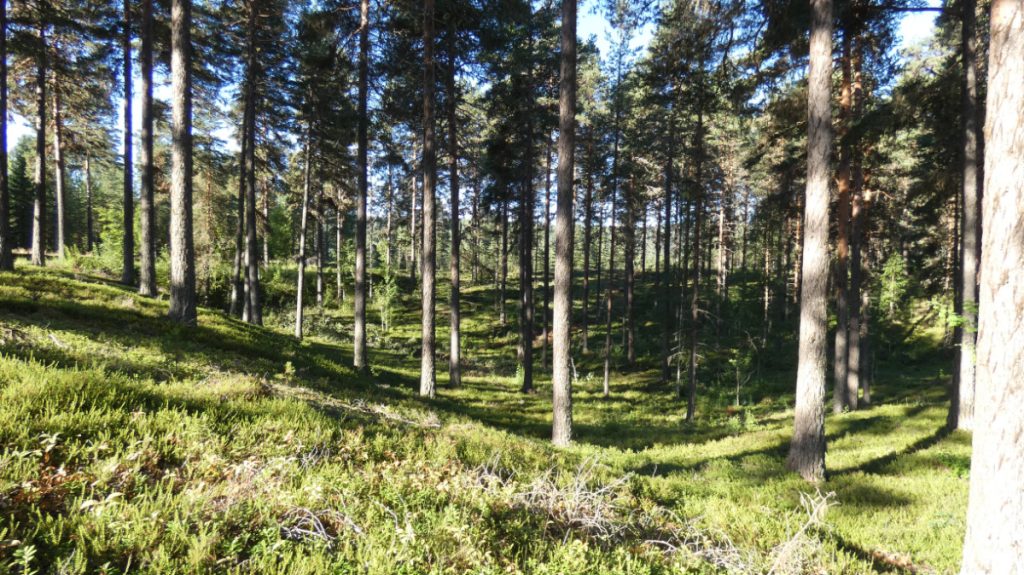Photo by Tina Rolf on Unsplash
Theme Ice Age
Theme Ice Age is a story about the dramatic traces that the draining of the glacial lakes of Jämtland has left behind in the form of erosion phenomena and sediment deposits.
The ice formed blockings in the River Indalsälven
When the last inland ice melted roughly 10,000 years ago, the valleys and lakes were sometimes blocked up by ice. One of those lakes was Lit-issjön near Stugun.
Rushing water wore down the bedrock and formed new land
When the ice blockings melted vast quantities of water flooded the landscape at full force. The water washed away lighter material such as gravel and sand. What remained were clean-washed large stones and boulders that were too heavy for the water to carry.
The river waves created various phenomena that can be seen in the valley of the River Indalsälven. In the western parts, erosion phenomena are usually seen, such as polished rocks and boulders. A few examples are the giant boulders at Nornan and the somewhat smaller boulders at Solsidan and Stugun turistinfo.
Further downstream are coarse gravel banks and other deposits of material that the water has carried there. At Remmarna for example, you can see sediments that have been deposited in the valley of the River Indalsälven, at that time a bay in the Baltic Sea. These layers of clay that have been deposited in Ragunda and can be seen at Remmarna are unique. The ridge Getryggen and the sandy plateau in Döviken – Zorbcenter are examples of larger land areas that were created from material that the melting water carried along.

Three obvious shorelines
At its peak the water level in Ragunda was at 240 metres. It is the highest level the Baltic Sea water reached during or after the last ice age. The high level is due to that the area has been pressed down deeply by the heavy ice, up to 1,000 metres. As the climate grew warmer and the ice slowly melted the earth´s crust started rising again. When the ice sheet melted, the water level and coastline moved down to today's coast in the Baltic Sea. During different phases of the development of the Baltic Sea, several shorelines have been formed in different places, for example at Döviken – Zorbcenter and Ammerån Våle.










